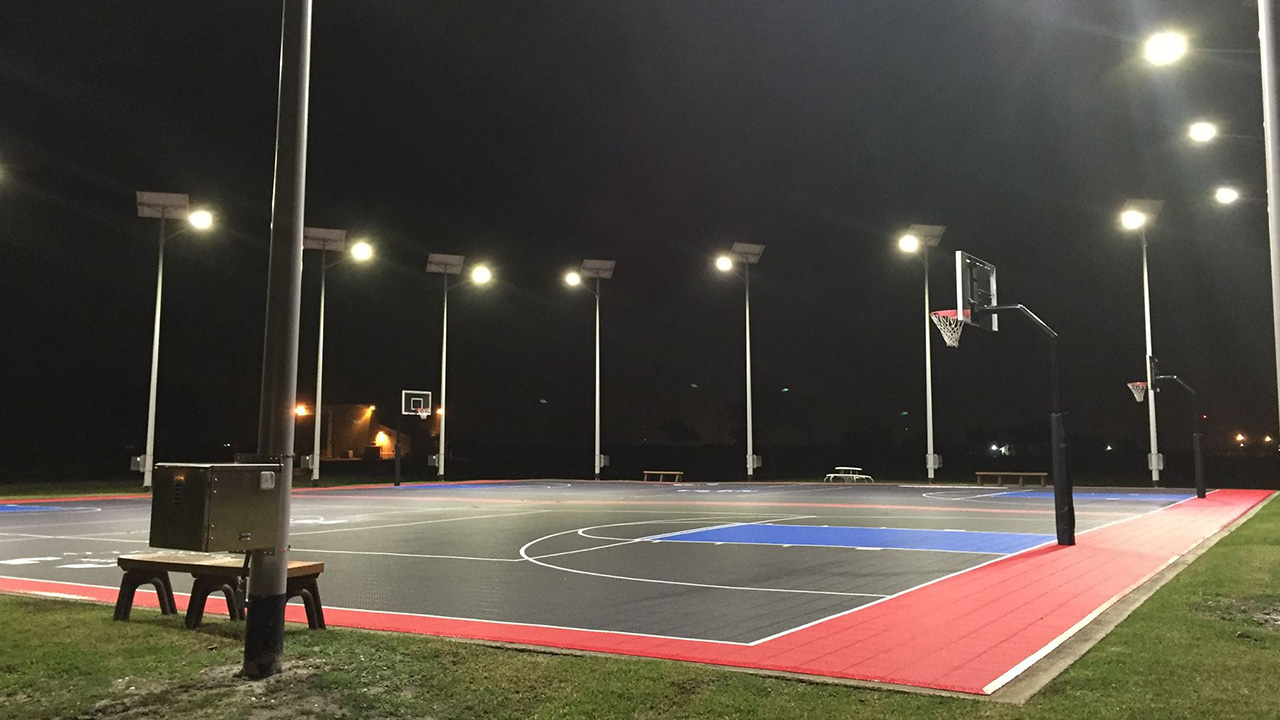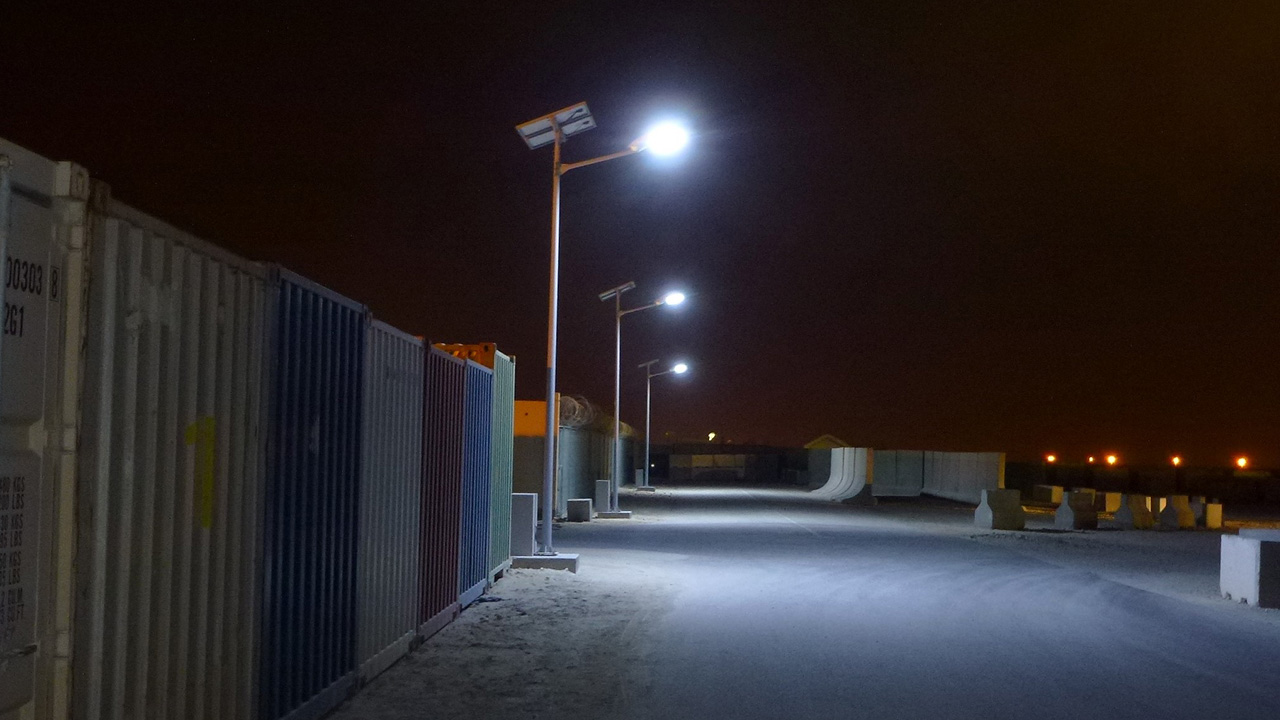The short answer is – yes! Although direct sunlight is key to charging solar panels, they continue to charge even on cloudy, overcast days. Our innovative lighting systems and products, for example, are designed to work for at least four days with no direct sunlight! This is what we refer to as the autonomy of our system. Four days is what we consider to be the industry standard.
Charging Solar Lights on Cloudy Days – How it Works
Cloud cover diffuses the strength of the sun. However, overall daylight is still transmitted via solar irradiance from the sun. Solar irradiance is a measurement of the brightness of the entire Sun as a wavelength of light. Simply put, this allows the system to still charge even during overcast or low sunlit days.
How Does Solar Lighting Work Without Sunlight?
All solar panels are constructed with solar cells, also known as photovoltaic cells, made of semiconductors, such as silicon. This converts sunlight into electricity. When the sunlight makes direct contact with these cells, the electrons separate from their atoms and flow through the cell. This energy creates electrical charges that move in response to an internal electric field in the cell, causing electricity to flow.

Determining Light Quality
When considering a solar light solution, you must define the “light quality” . Light quality refers to the uniformity of the light provided by the solar lighting system. For example, you will notice light quality on a street or parking lot where there are patches of both bright and dark patches of light on the ground. While the human eye is good at adapting from day to night, it is not as good at dealing with both bright and dark areas at the same time. Traditional high-intensity lights are often so bright, that they make it difficult for the eye to make this adjustment. Thanks to ever-advancing technology, LED lighting can offer lower, more uniform illumination with better light quality than high-intensity lights, to the benefit of all users.
Light Level Guarantee
Thanks to the impact of LED improvements, solar LED lighting systems can provide the light levels recommended by the Illuminating Engineering Society (IES), the recognized authority for establishing lighting performance in North America. Solar LED lighting systems are capable of meeting recommended standards for street lighting, parking lots, pathways, and security applications.
Depending on your application, your lights may be required to meet IES levels during certain hours. While some solar LED lighting systems may appear to meet the IES light levels, they may not meet them during bad weather because the system is poorly sized and relies on ineffective dimming.
Meanwhile, when dimming is used effectively, it can help ensure your system meets the light levels you require during the hours you need it, every night. Our high-quality LEDs, efficient batteries, and durable solar panels ensure the system you buy now performs exactly as planned throughout its lifespan. If you need light, you get it with no compromise on the light level.

Go Solar and Go Green!
Solar energy is easily one of the cleanest and most widely available and abundant renewable resources. In many parts of the world, there is no shortage of sunlight. Even in areas, that are not typically known for consistent sunlight, there is still enough available to keep solar panels operational and in fine working order. In just one hour, enough sunlight shines on the earth’s atmosphere to hypothetically provide electricity for every person on earth – for one full year.
Follow Us ! Get updates on our new products, company info, tips on solar, and much more!








